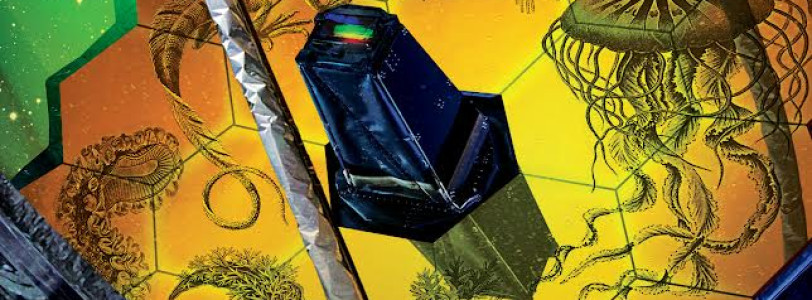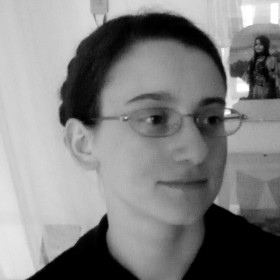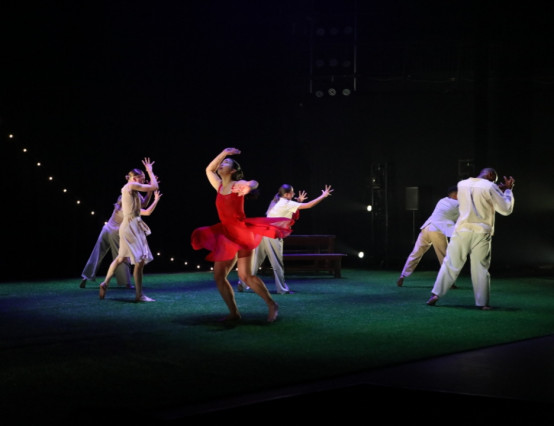As someone obsessed with both science fiction and science, I was very excited to read Life Beyond Us: and it certainly did not disappoint. The mix of fiction and non-fiction in the anthology feels fresh. Each short story in the anthology is followed by an expert explanation of the maths, science, and engineering featured within the story. If you’ve ever read a piece of sci-fi and then spent hours trawling the internet trying to find out whether the science in it is actually real, or how it would work, then this is the book for you. It is science fiction for the new age: cross-disciplinary and diverse; with an awareness of the importance of both merging, and differentiating between, fact and fiction.
Now the size and nature of this anthology might be daunting to some. At 500 pages and filled with science, it appears like it's one of those books that takes up permanent residence on your tbr list. However the anthology is surprisingly accessible: each story is quite short (around 10 pages), and the science "essays" don't assume that you already know about the subject. It's one of those books that can be picked up quite easily to fill a spare few minutes, if you feel like a change from scrolling social media.
However, that doesn't mean this book is an easy read: unabashed use of scientific terminology often meant that I had to go back and reread stuff so I could understand. But that was mostly just with the science essays. The stories themselves are definitely not a lecture in narrative form. The stories are science fiction, and require no knowledge of science at all to enjoy them.
However, if you are interested in learning more about the science behind the stories, then Life Beyond Us lets you easily explore that in a way you often can't. Because the scientific explanations are tailored to each story, it enables you to understand the science fiction stories on a whole new level. The unashamed science-geekiness in Life Beyond Us is a joy to read, because it is an essential part of the stories, if you want it to be.
Life Beyond Us is a rare gem of interdisciplinarity. Sciences and humanities are often seen as opposite ends of the academic spectrum, but Life Beyond Us is a reminder that they are inherently connected. Science and storytelling are fundamental to human awareness and understanding; and through this anthology's Astrobiology focus, it raises questions about whether these forms of understanding and self-understanding are truly universal.
Life Beyond Us grapples with a lot of fundamental questions; fundamental not only to the ethical exploration of the universe, but also to living ethically on Earth. These questions address how we define life, and more specifically, intelligent life. The book interrogates how we can communicate with those with whom we do not share a common cultural background. It explores the challenge of balancing economic growth with conservation (even if the ecology is not initially thought to have value).
Being a science fiction anthology, it is perhaps surprising that it is a focus on connection and communication between characters, both human and alien, that links the stories. In many ways the stories in Life Beyond Us are about connection, more than anything else. Connection between the human characters, but also the search that humanity has for communication with life across the universe.
The central focus on language and communication gives quite a meta feel to the stories. Science has often struggled with communication to the non-scientific public. Through the written form, many of the stories in Life Beyond Us search for an answer to the key questions in the search for life out there. How will we communicate when we find intelligent life? And will we recognise alien communication when it happens?
With over fifty contributors of multiple races, genders, orientations and nationalities, Life Beyond Us feels like a truly global effort. It is something that is reflected in every aspect of the stories. I loved that none of the stories have that Hollywood trope that aliens just miraculously speak English. Some of the ways of communicating described in these stories are weird and wacky, but they made me think about language in a whole new way. Several stories explored the possibility that our narrow views of intelligence and communication have resulted in humanity overlooking the possibility that we are surrounded by intelligent life on Earth. That maybe, because of the ways that mutual culture (or lack of it) affects intelligibility, there is intelligent life, not beyond us, but right next to us.
I really enjoyed Life Beyond Us with its more-than-average focus on the hard science and the big questions. If you're a fan of both popular science and science fiction, and looking for something fresh that combines them both, then you might just love Life Beyond Us.
Find out more about the European Astrobiology Institute
This book also has online Teaching resources for teachers and classrooms created by the EAI to extend learning beyond the stories.
Buy on Amazon, Waterstones, Kobo and iBooks








0 Comments